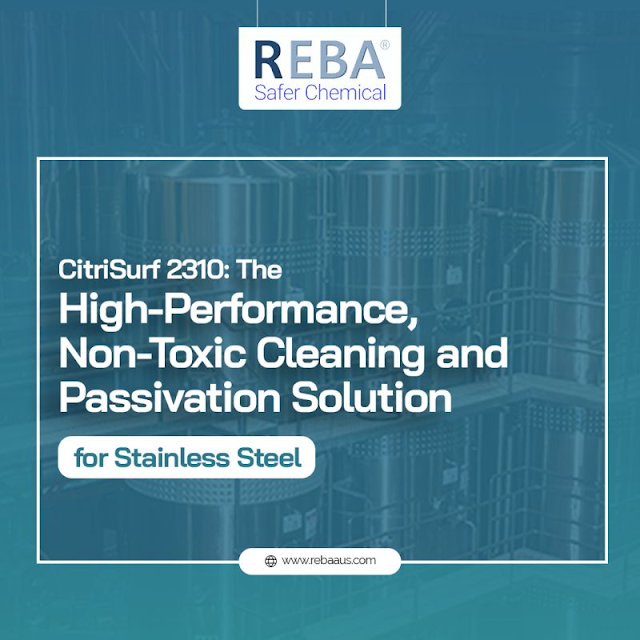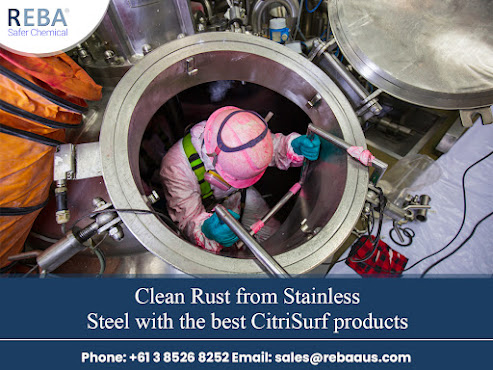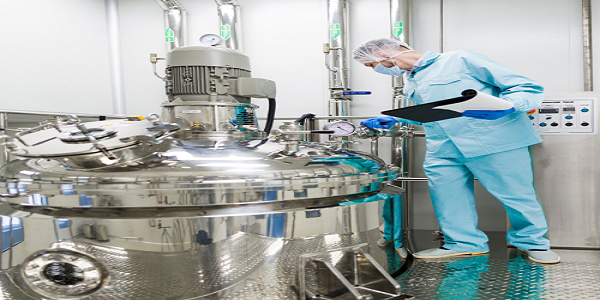How to Remove Rust, Corrosion on Stainless Steel -Reba Scientific
The passivation process consists of removing iron from the surface and encouraging the development of a passive protective film. Passivation increases the corrosion resistance of stainless steel, helping it to stay rust-free for much longer.
Although stainless steel is known for its natural corrosion-resistant properties, the question of How To Remove Rust From Stainless Steel always arises in our mind.
The first step in passivation involves a thorough cleaning and degreasing of the steel. This process takes off any metallic or organic residue left over from the fabrication process. After cleaning, the parts are then submerged in a passivation solution.
The concentration of the solution, the temperature, and the time the steel is left in the bath are all dependent on the type and grade of stainless steel. These variables are to be correctly managed, as accuracy is vital in ensuring the best results.
Although nitric acid-based products are the traditional choice for passivation, alternatives such as non-toxic citric acid quickly become more popular for their ease of use and biodegradable qualities.
A citric acid solution such as CitriSurf products work on most stainless steel grades and the solution does not need to be heated, unlike nitric acid. This takes much of the guesswork out of ensuring your stainless steel is sufficiently passivated.
Unfortunately, in several circumstances, even stainless steel can form corrosion which can vary from light tea staining discolouration to flaky, thick rust. This can lead to some understandable panic for owners of stainless steel tanks, railings, appliances, grills, sinks, boat hardware, sculptures, and various other equipment which go from beautiful to ugly due to the formation of rust.
The good news is that rust on stainless steel can be removed and prevented from quick recurrence if the proper steps are taken.
One of the most common causes behind the formation of rust on stainless steel is the contamination of surface iron that was deposited during or after manufacturing and the structure of alloy structure changes along the heat-affected zone of welds.
These are the different situations of corrosion that should be prevented with proper Passivation With Citric Acid but are sometimes ignored. Furthermore, even stainless steel that has been passivated properly can form rust because of chloride attack from strong chemicals like muriatic acid, alongside long term exposure in highly toxic environments such as marine areas, swimming pools, water ice-melting salts, or frequent cleaning with bleach-based cleaners.
In these situations, regular washing with clean water helps remove the chlorides from the surface, but routine repassivation is also advised in order to keep the stainless steel looking nice.




Comments
Post a Comment